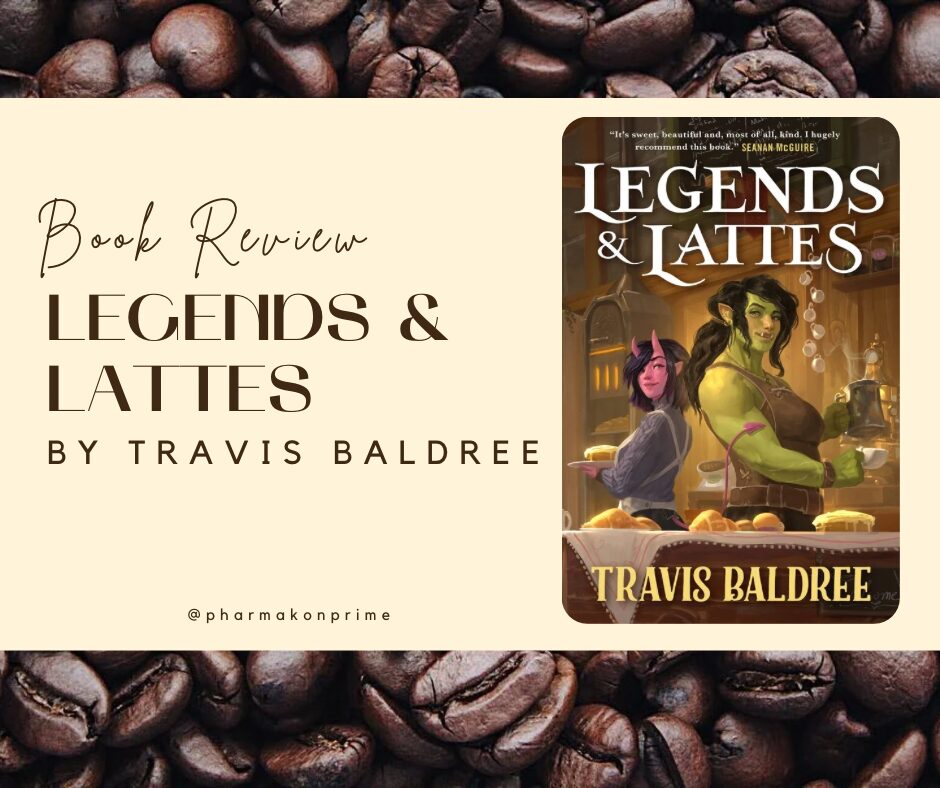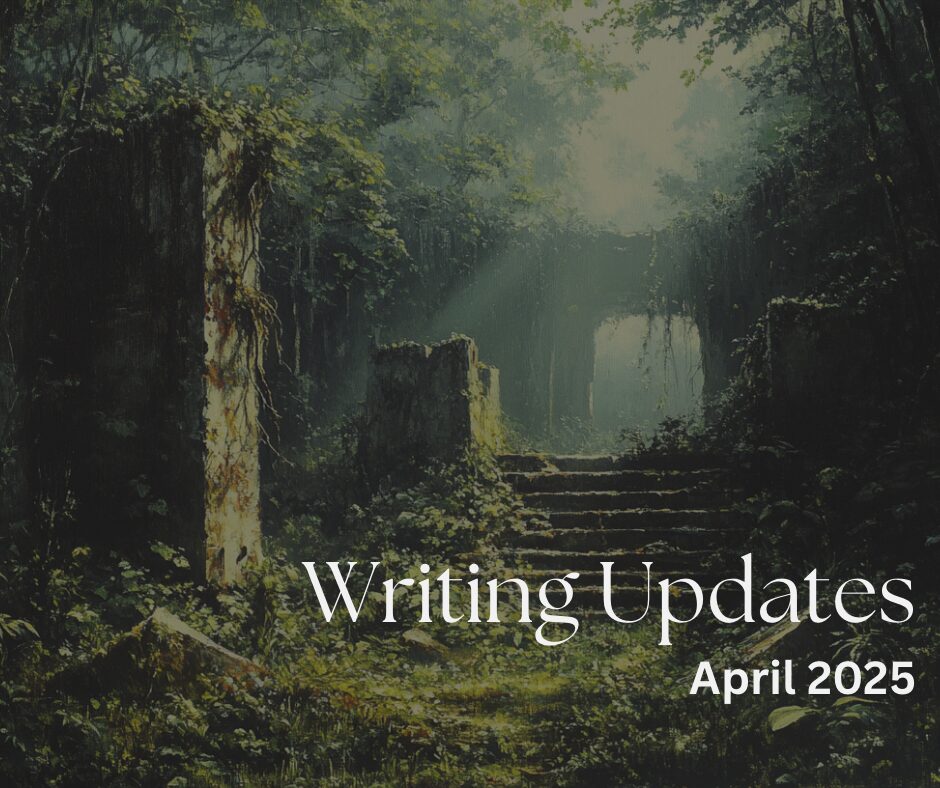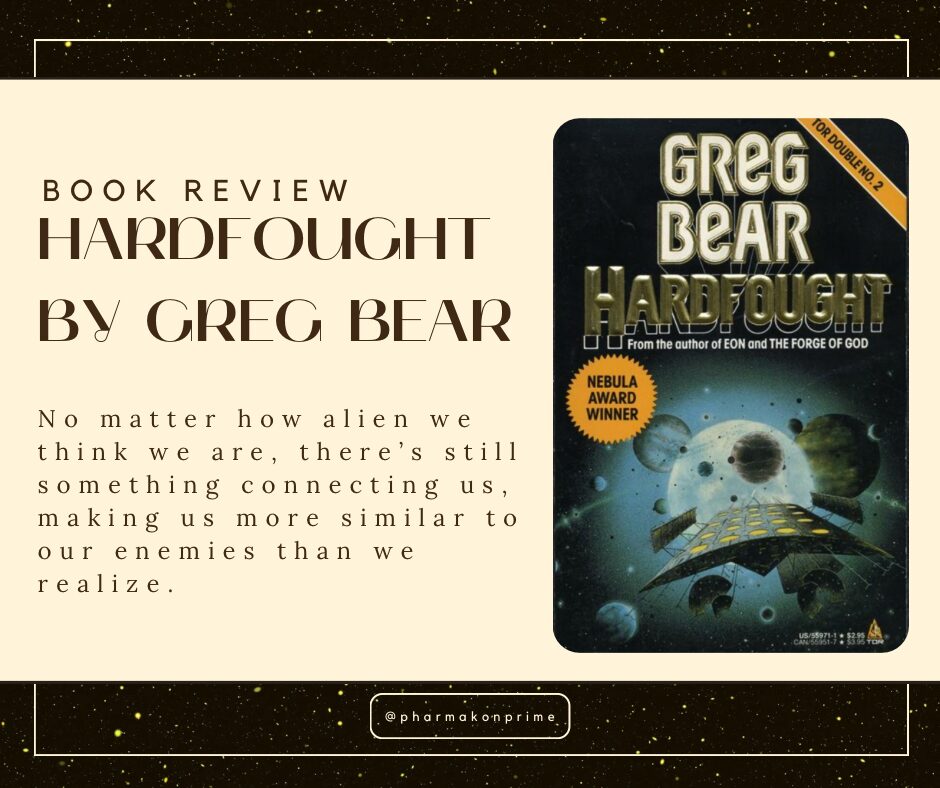Magic is one of the defining features of a fantasy novel. Some stories have more magic, others less. Some have flashy, explosive magic while others delve into psychological magic or nature-based magic. While the magic that you create for your stories is limited only by your imagination, there are a few things to keep in mind to help make sure your magic systems work as a literary device.
Definition of Magic
The Encyclopedia Britannica says that anthropologists define magic as “the manipulation of an external power by mechanical or behavioral means to affect others” or “an inherent personal quality that allows the witch to achieve the same ends.”
By this definition, whether magic is used to beat a monster, win a war, or save the cosmos from being destroyed by the Big Bad, magic is a tool that characters use to further their own agenda.
Another definition of magic is anything that cannot be readily explained using the knowledge that we currently have. Arthur C. Clarke said, “Any sufficiently advanced technology is indistinguishable from magic.” By this definition, lightning might be considered magical by a culture that does not have the ability to generate and use electricity, or the ability to study what lightning is. Antibiotics might seem to make someone magically get better if they don’t understand the science behind the drug.
In fantasy stories, we use both of these types of magic. We have characters that wield magnificent powers in their fight against evil in a world that has strange creatures and impossible geography. Both of these create a sense of awe and wonder in the reader.
Character First
Before I get into the weeds on the different kinds of magic systems, I’d like to make a note here: Magic is not as important as your characters. Some authors may not agree with me on this, but as someone who is striving to become a better character writer, I firmly believe that the progression of the character and the final resolution of their arc is more satisfying than any new ability that they acquire along the way. The magic should serve the character arc, not replace it.
Hard Magic Systems vs. Soft Magic Systems
Magic systems can be well-defined, pseudo-scientific systems or they can be vague and wondrous. Fantasy fans and authors often call the well-defined systems “hard magic systems” and the vague, wondrous magic “soft magic systems”. This video gives a nice explanation of both styles of magic.
You can think of a hard magic system as being one that translates really well into a video game, often with specific skills being unlocked when a character reaches a certain level of competence or understanding. Soft magic would not fit well into a video game.
Sanderson’s Laws of Magic
What Are Sanderson’s Laws Of Magic? | Brandon Sanderson
Brandon Sanderson is often called the Magic System Guy because of how unique and interesting his hard magic systems are. He has three “Laws of Magic” that mostly apply to hard magic systems like his:
The First Law
Sanderson’s First Law of Magic says that “an author’s ability to solve conflict with magic is directly proportional to how well the reader understands said magic.”
Magic, when used in a hard magic system, is basically a tool in a character’s toolbox. Since it is a tool that is unfamiliar to the readers, it is important to explain exactly what this new-fangled tool looks like and how it works. That’s true of everything in worldbuilding, not just magic. Remember that your audience doesn’t live in your world and isn’t sitting in your head seeing what you see in your imagination.
If you don’t do this, then the impact of the resolution isn’t as strong.
Note: This doesn’t apply as much to soft magic systems because in those systems, the author is relying on the lack of information on the inner workings of the magic system to create a sense of wonder and surprise. Terry Pratchett’s Discworld wizards and witches don’t really have any rules to their magic (even though it’s sort of treated as a science within that world).
The Second Law
Sanderson’s Second Law of Magic is that the limitations of the magic system are more important than the powers.
Just as a character’s flaws can make them a more interesting character, the limitations on a magic system make your character work harder to find interesting solutions. If the only thing I can do is turn water into poisons, I can’t just teleport across a continent on a whim. I could maybe figure out how to sell my poisons to a mage with a rat problem in exchange for a portal or poison a teleporting dragon and offer the antidote in exchange for a trip across the continent.
The Third Law
The Third Law of Magic according to Sanderson is to “expand what you already have before you add something new.”
Magic systems can quickly balloon into an unwieldy mess that’s hard to keep track of and runs the risk of contradicting itself. The simpler you can keep it, the easier it will be to keep track of.
An example of this is the Knights Radiant in the Stormlight Archive. There are ten orders of surgebinders, each with their own unique abilities. Within each order, there are five ideals that stack on each other like level-unlocked abilities in a video game. Each ability that is unlocked stays within the framework of that order but deepens it.


